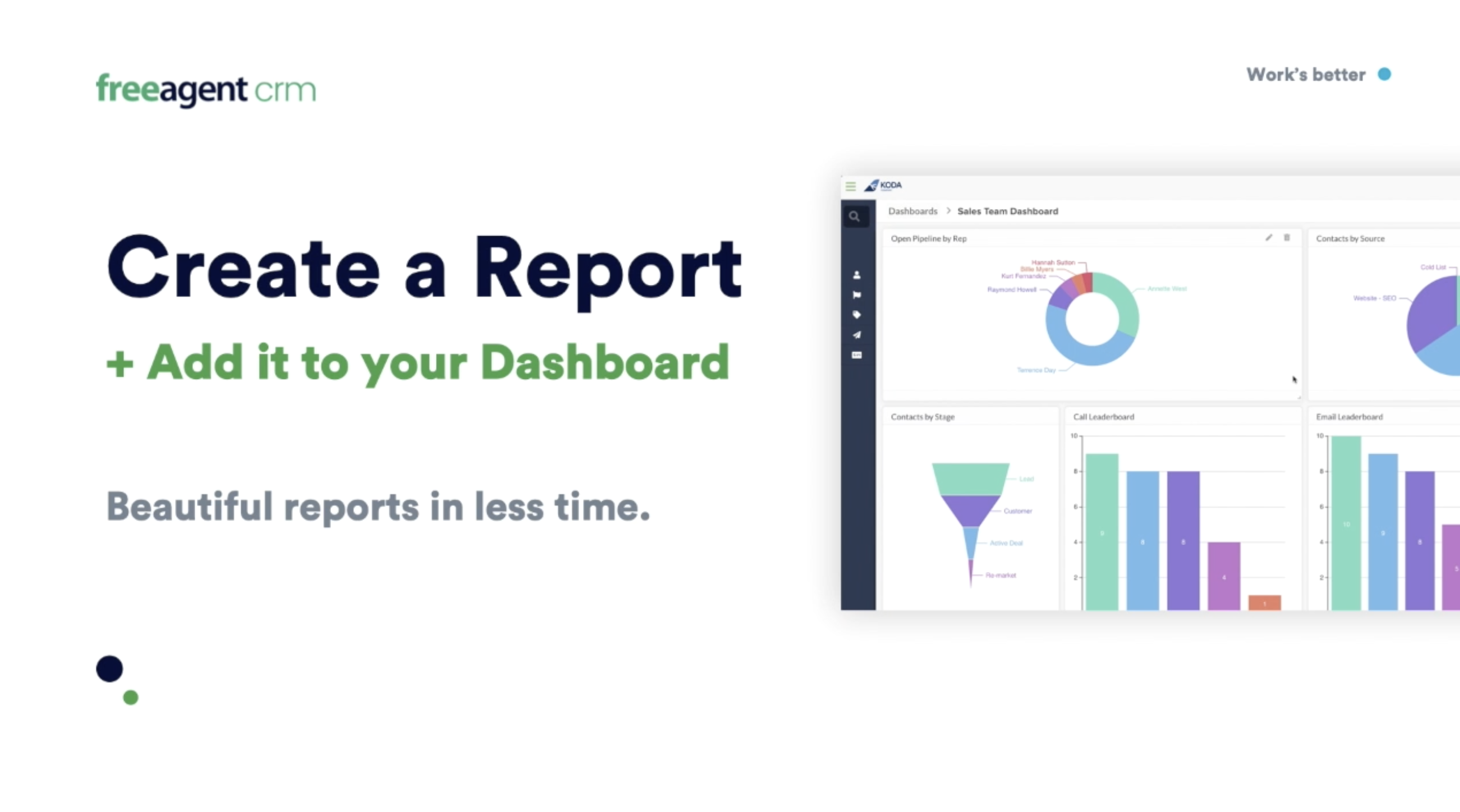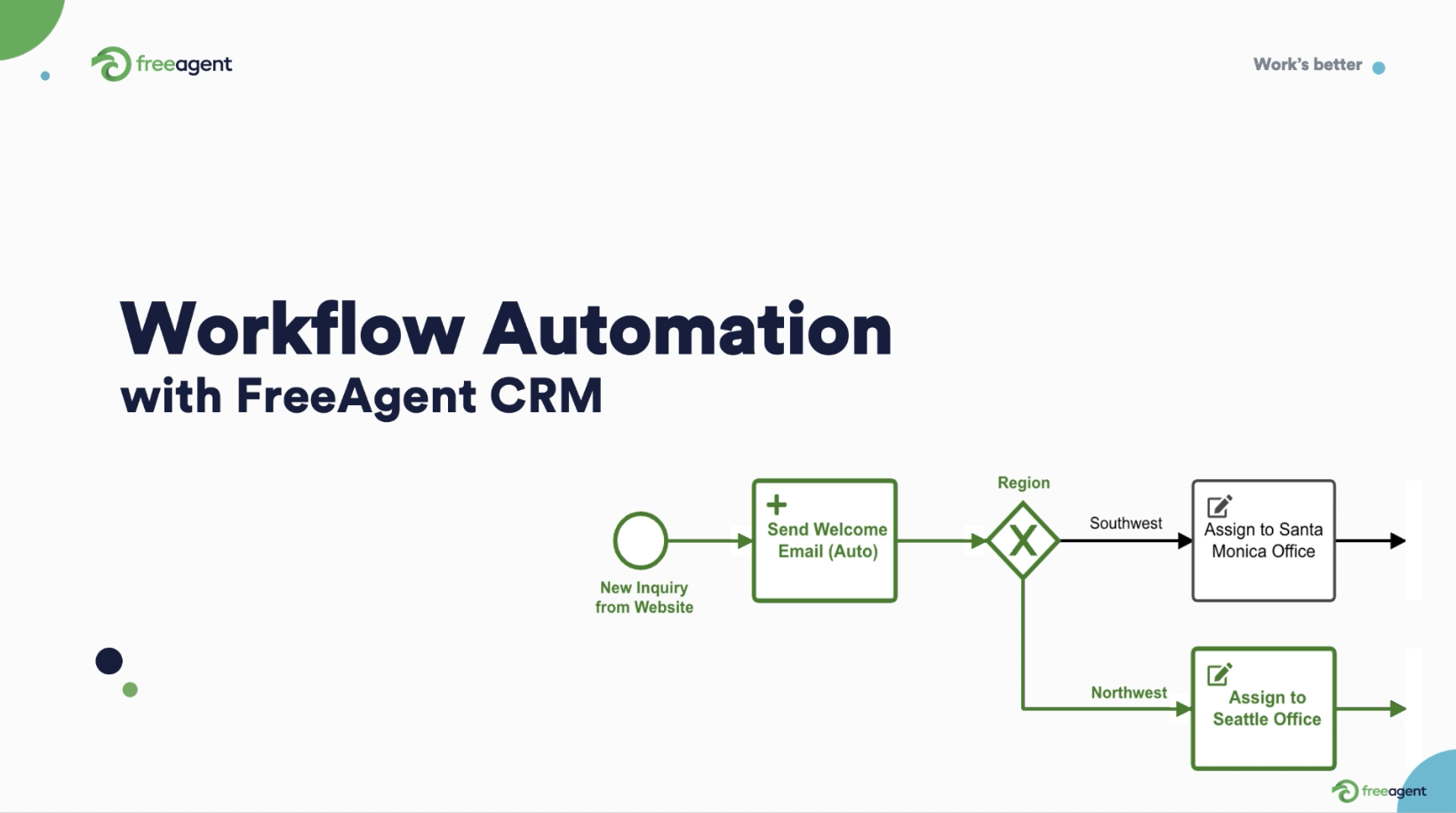Sarah ended the Zoom call and prepared for her next one. As the account director at an ad agency, her calendar was full of many such meetings.
The agency’s next campaign was set to launch at month-end — a summer drive for the nation’s top fashion retailer.
There were many moving parts — from managing creative assets and booking venues to hiring influencers and finalizing the website.
Sarah checked her spreadsheet of campaign partners, dug into her emails for context, and joined the head of the influencer agency on a call.
“Hi Adam,” she said. “Thanks for making the time. I wanted to go over the curated list of influencers one more time. Could you share with me the latest response from Zendaya’s team?”
Sarah’s ad agency was good at one thing: campaign strategy. They had their pulse on the top brands in each sector, had worked with dozens of suppliers on campaigns, and handled reporting after each roll-out.
But they knew their limits. They didn’t bother offering photography, animations, web design, or influencer marketing.
They worked with an external events organizer and production agency and outsourced all their voice work to a local freelancer.
Sarah’s agency wasn’t alone. In fact, most businesses in their industry outsourced their operations to specialists who could deliver better results.
Like everything else, outsourcing had its pros and cons.
What is outsourcing and what are its benefits?
Outsourcing involves hiring third parties to work on your projects or products.
An effective outsourcing process requires vendor management to track suppliers, projects, outputs, and costs.
There are many benefits to outsourcing work to third-party vendors:
- Lower costs
- Increased efficiency
- Faster time to market
- Variable-capacity and flexibility
- Increased focus on core competencies
Third-party vendors are specialists in their fields. Their increased expertise means they can work faster and more efficiently, which may lead to lower costs for you.
Their speed accelerates your time to market for critical campaigns and products and because they’re not full-time employees at your company, you save on ongoing costs — unless they’re on a retainer.
Third-party suppliers remain on standby, ready to be called on at a moment’s notice. This makes your product and campaign planning more flexible and helps you focus on your core competencies.
Yet, without sufficient oversight, things can go wrong quickly.


Why vendor management is key
Two weeks before the launch, Sarah started getting frustrated. She was spending more of her time putting out fires rather than on meaningful work.
For starters, an employee at the influencer marketing agency leaked a screenshot of their campaign details. The client’s executives were none too pleased.
The venue booking was also taking longer than usual, and the production firm kept pushing back their delivery dates for key launch assets.
Meanwhile, the web design agency kept billing more hours to add new website features — costs Sarah’s agency hadn’t forecasted.
It was a mess.
The challenges with outsourcing
Such mishaps aren’t uncommon when outsourcing. The top problems that arise from ineffective vendor management include:
- Data leaks: Outsourced companies, their employees, or their suppliers release confidential information
- Low QA: Vendors deliver fast work cheaply at the cost of quality
- Snowballing prices: Pricing tensions arise between your company (which wants to save money) and your vendor (which wants to maximize profit)
- Delayed timelines: Output gets pushed back due to poor planning, timezone issues, and other circumstances beyond your control
- Language and cultural barriers: Third-party vendors who can’t communicate fluently in your primary language deliver content that doesn’t resonate
- Low flexibility: Your in-house team gets limited by your vendor’s timelines
- Multisourcing complexities: Multisourcing means contracting competing vendors for the same project. In trying to get the best value for your money, your challenges, costs, and administrative burden compound.
It doesn’t end there. Several elements that make it even harder to manage your vendors effectively include:
- Low organizational support: Vendor management should be driven from the top, monitored for roadblocks, documented as a playbook, and continuously improved.
- No tools: Effective vendor management requires tools that can keep up. It’s hard to juggle all your outsourcing partners through disparate emails and spreadsheets.
- Lack of SLAs: Service-level agreements define expectations, deadlines, processes, costs, and penalties. Without one, your outsourcing relationships are at risk of failure.
- No dedicated team: Just as Marketing and Sales have their own departments and resources, Procurement should be a distinct entity within your organization.


3 ways to manage your vendors — and how a CRM can help
Many companies manage their vendors in one of three ways, each with its pros and cons:
- Manual vendor management — Using physical files, notebooks, or ledgers to track vendors, projects, and costs.
- Spreadsheet vendor management — Storing vendor and project information in multiple spreadsheets across different devices.
- CRM software — Using software to manage vendor information and relationships.
Manual vendor management is the cheapest and slowest way to manage outsourcing. It promotes repeated data entry, errors, and delays in accessing or updating information.
Spreadsheet vendor management is a step up, but might require multiple data views, promotes redundancy, and lacks a way to show all context at once.
CRM stands for customer relationship management — keywords in bold. It’s software built to centrally manage the relationship between you and your vendors.
Modern CRMs come with many features to facilitate this process, including:
- Instant context: Get up to speed on any vendor or project by accessing logged emails, calls, meetings, and documents
- Custom fields and records: Create unique records for different projects based on your information and reporting needs
- Task and project management: Keep your team abreast of any new developments with task alerts and automatic stage updates
- Third-party integrations: Connect your email, chat, and word processing apps for full visibility
- Advanced reporting: Generate key reports and forecasts to plan ahead
- Email templates: Maintain brand consistency across all communications with vendors
Benefits of CRM software for vendor relationship management
With CRM software at your fingertips, vendor management gets significantly easier:
- Better task management leads to more projects meeting their deadlines
- Third-party app integrations provide instant context on each relationship and help you verify information or understand expectations
- Advanced reporting helps you control costs and payments to finish projects under budget
- Task automations speed up vendor onboarding, off-boarding, and reporting
These benefits make CRM software the best option for companies that want to streamline vendor management.
5 ways to overhaul your vendor relationship management process
While CRM software can streamline vendor management, it won’t improve your vendor relationships overnight.
Some issues are systemic and must be tackled holistically to ensure business-wide change.
Here are five steps companies can take to overhaul their vendor management function:
- Seek expert advice: Work with consultants skilled in digital transformation to map out your vendor relationship management strategy.
- Create a playbook: Create an internal playbook of your vendor management processes, tools, templates, and points of contact to ensure a repeatable process. Update this document often.
- Communicate changes internally: Align your whole team through effective internal communication for maximum benefits.
- Assess your process: Monitor the speed, quality, and cost of selecting, onboarding, and ramping up new vendors. Set KPIs around these metrics to track improvement.
- Remain flexible: Remain adaptable to change as new vendors and projects introduce new ways of working.
Most importantly, start managing vendor relationships early. If you wait until the project starts to choose a tool or wait till it ends to create a playbook, progress gets delayed.
Get a CRM today
Vendor relationship management is complex, but the right team, tools, and tactics can ensure success for your business. Get a free demo of FreeAgent CRM today.







